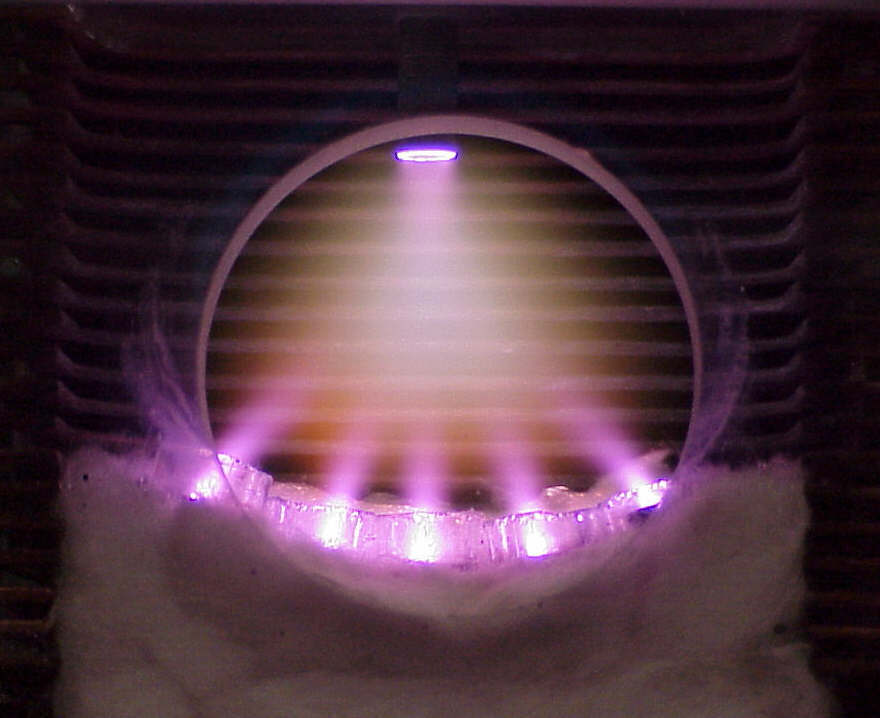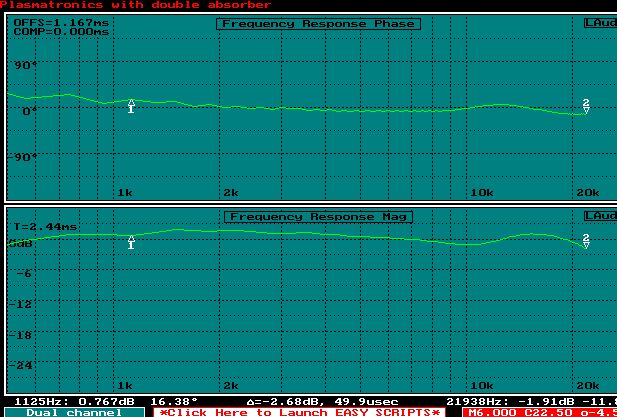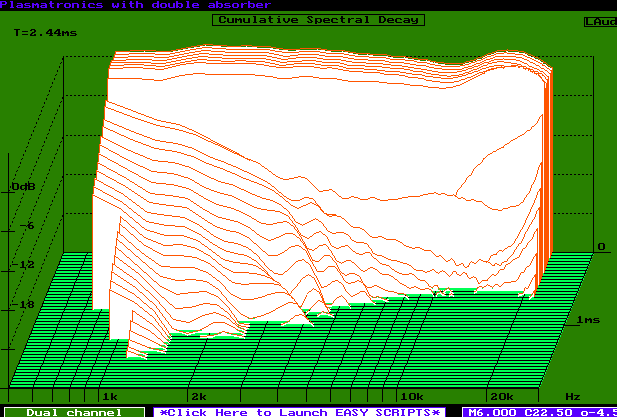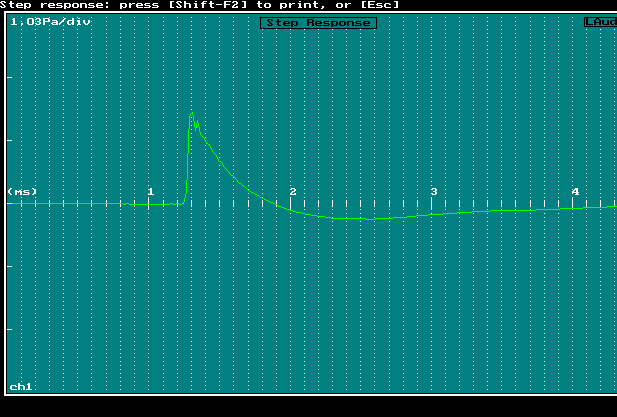No, I need it for my plasma speakers; the design is a derivative of Hill's Plasmatronic speakers (see US patent 4,219,705). In Hill's case, the glow discharge was constant voltage, so a transconductance output stage was fine. In my case, I'm using a special electrode configuration in order to create stable plasma without the need for helium (the Plasmatronics needed a refillable helium tank) that results in a discharge with a complex I-V curve. The instantaneous delta-pressure created by the discharge is directly proportional (well, approximately, but to a high precision) to the instantaneous power input change to the plasma. That means I need power output. Unless, that is, I can find some other way to compensate for the I-V nonlinearity, which assumes I can measure it exactly and do predistortion.
This far I've not done any measurement; I'm assuming the specific I-V response based on various papers about the specific electrode configuration (microhollow cathode-sustained glow discharge). I only have a DC discharge at the moment and have yet to do audio-frequency modulation. Note that all this is quite different from the corona-type ionic tweeters that were most common (and still used by Acapella), so cannot be compared.
[Edit:] AD534L is 0.25% total error before trimming, but it costs $80...




































